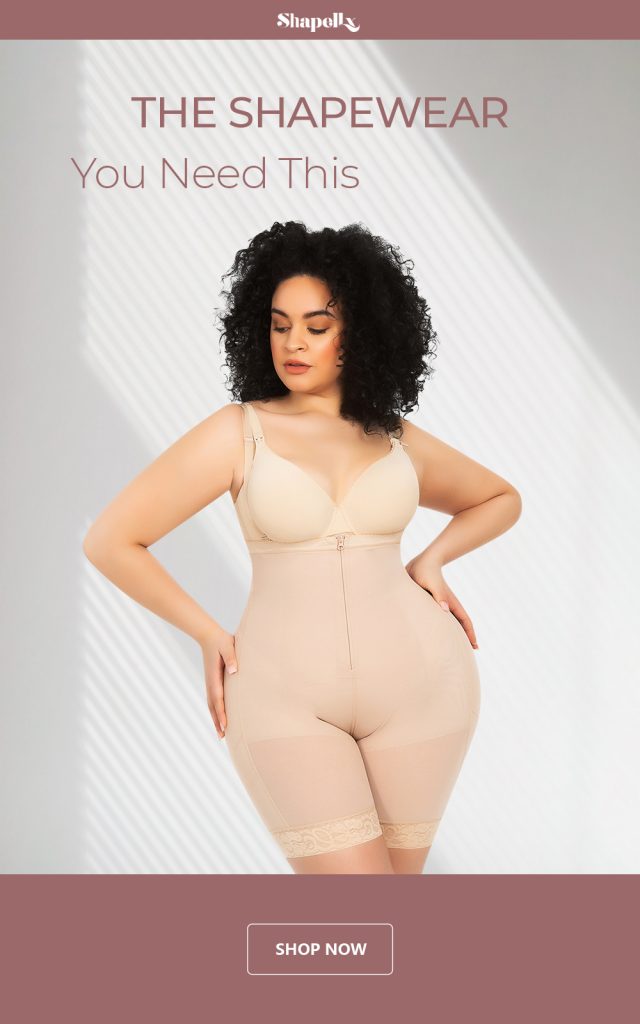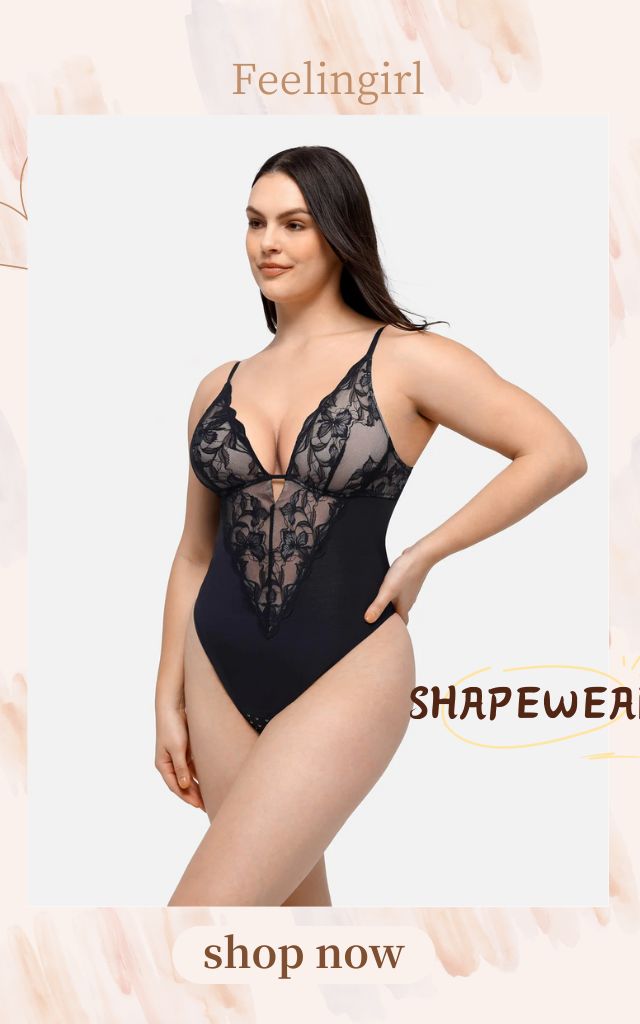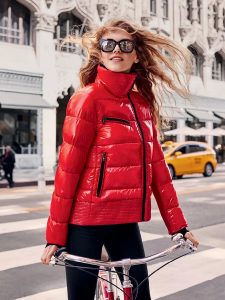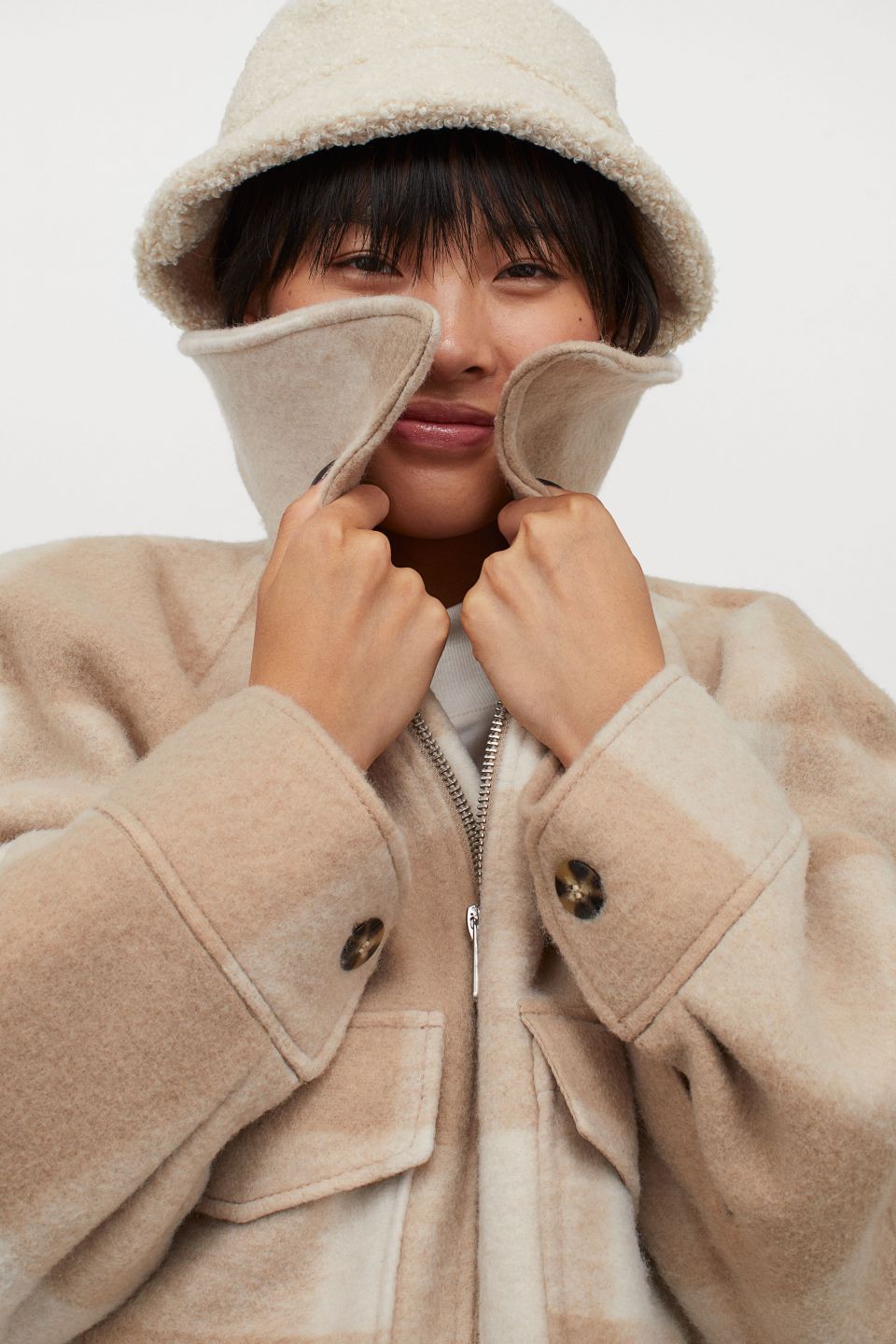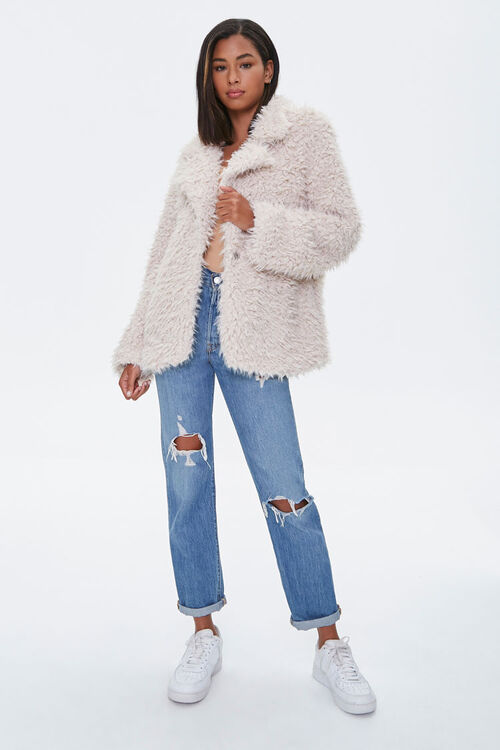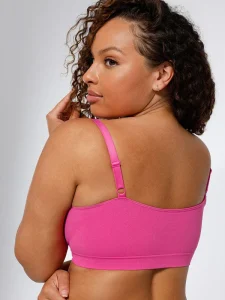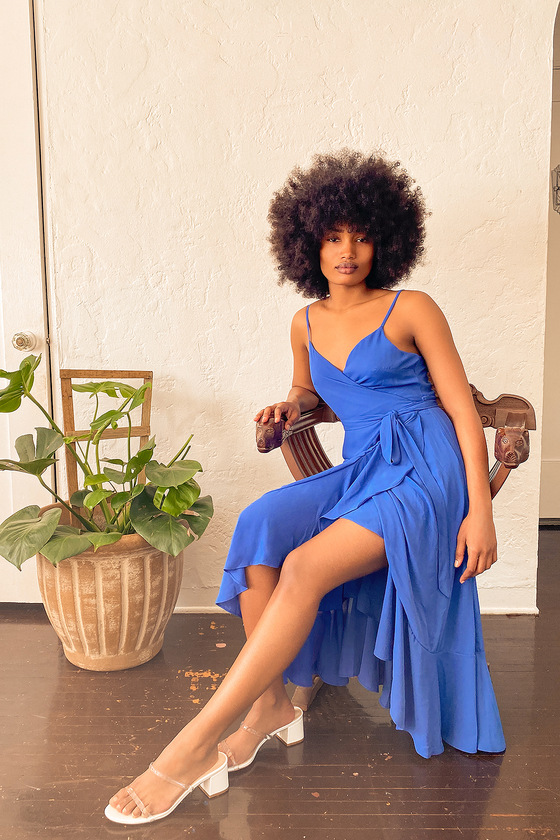Before I started buying it, I hope I know 6 things about underwear.
Underwear may be a strange, chaotic world filled with intimidating jargon and unique terms. I have been writing about underwear for the past 10 years (mainly as an underwear addict), but I still clearly remember how overwhelmed I was in the early days of my own underwear trip.
I don’t know the difference between a balcony bra and a glutinous rice cup, or why items like a corset have such a high price (or look like it), and even why it is better to wash my underwear instead of throwing it in the washing machine. Just when I thought I was thinking of something, I would learn something new (such as the difference between lace and embroidery!) and it feels like a newcomer to ignorance.
But underwear is also a beautiful, complex, and fascinating niche market, where the finest details are important, and the origins of learning clothing can be as exciting as wearing it. For example, did you know that the first batch of bra patents appeared in the 1880s? Or is the earliest bra more like a “traditional” bra we think today?
In the past ten years, I have mastered some facts and tidbits. Here are some things that I hope I know before I can learn them.
The consistency of underwear brands is very low.
This is absolutely frustrating. However, it is also the best solution for consumers. One of the most confusing parts of my early lingerie journey was trying to understand why I couldn’t achieve Victoria’s secretly popular push cleavage look. I tried so many push-up bras – using the “add cup size” bra, adding a cup, then two, then three – only after years of trial and error realized that this particular look is Not feasible for my breast shape.
Today, I have met a lot of comments from lingerie wearers who want to know why each bra brand can’t make all kinds of sizes and styles in exactly the same way. Although I understand this emotion (because it is time consuming to try a lot of bras), this standardization will hardly help anyone. Think about it. Our bodies (and our chests) come in a variety of sizes and shapes. Your breasts can be filled at the top, filled at the bottom, or filled around. They can be widely spaced or narrowly spaced. They can be drooping or teardrop shaped or massive. If every bra is cut in exactly the same way, most of us can’t find the perfect bra. Lack of consistency means that if a bra is not for you, you can still try another one.
How difficult it is to figure out your breast shape, especially if you are new to this concept, this is an area where visiting local lingerie boutiques may be helpful as they can help provide guidance on your shape (so which A bra style is perfect for you).
The scale expansion of the bra industry can take up to four to five years.
Years ago, I was wondering why the brand’s expanded size range seemed too slow. In this fast-fashion era, when the runway to retail transition can be completed in just one week, many people think that every fashion brand is like Zara or Fashion Nova. However, from design to fabric cutting to sewing, bras are an engineering feat that requires a high level of skill and precision. Taking a little lace, a wire and some hook-and-eye closures and turning them into something that can shape and support the chest for hours is almost miraculous. However, this design cannot happen overnight, and from the earliest planning stage to the retail stage, the new bra shape and size cost two years, and three or more years are not uncommon.
If you wear one of those hard-to-find sizes, then waiting for it is absolutely frustrating. However, when a brand says they are researching a new bra size and you haven’t seen it for years, that’s why. Before you point out the “already doing” company, keep in mind that some of them have been around for decades – which means you don’t know how long it took them to develop these new sizes. It’s also helpful to know that many brands use private labels (ie, buy already designed sizes and styles and add their own labels).

